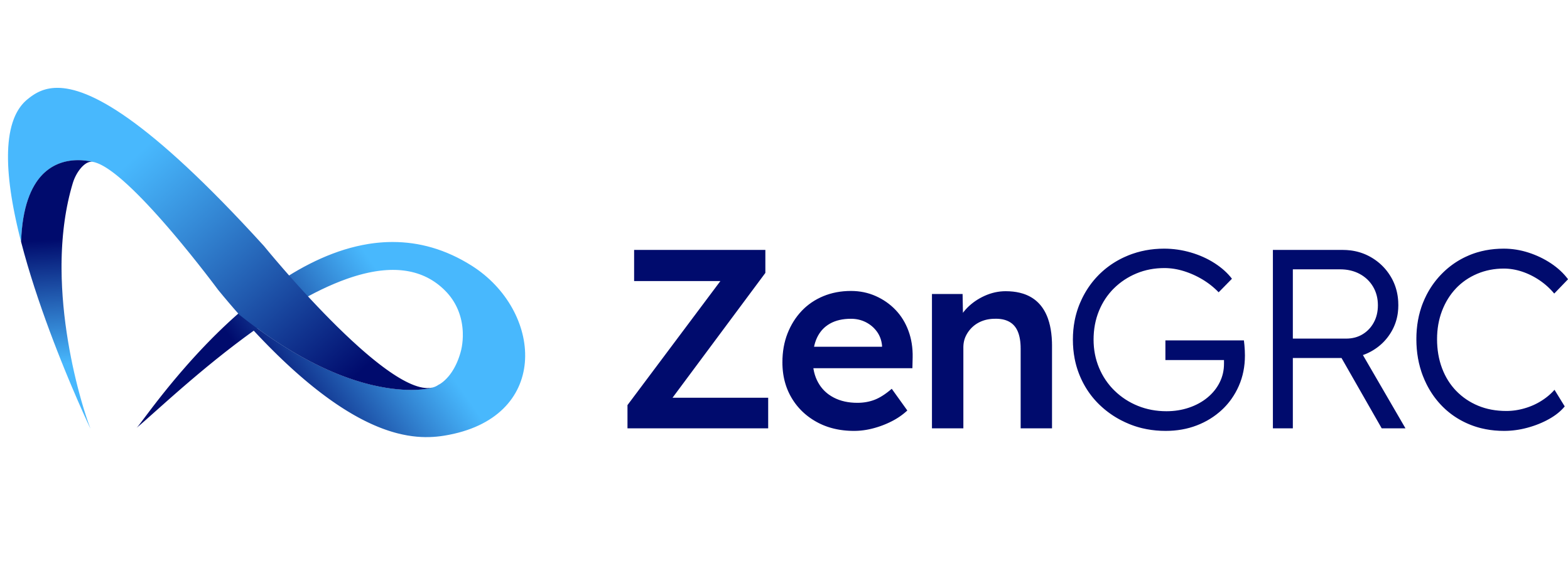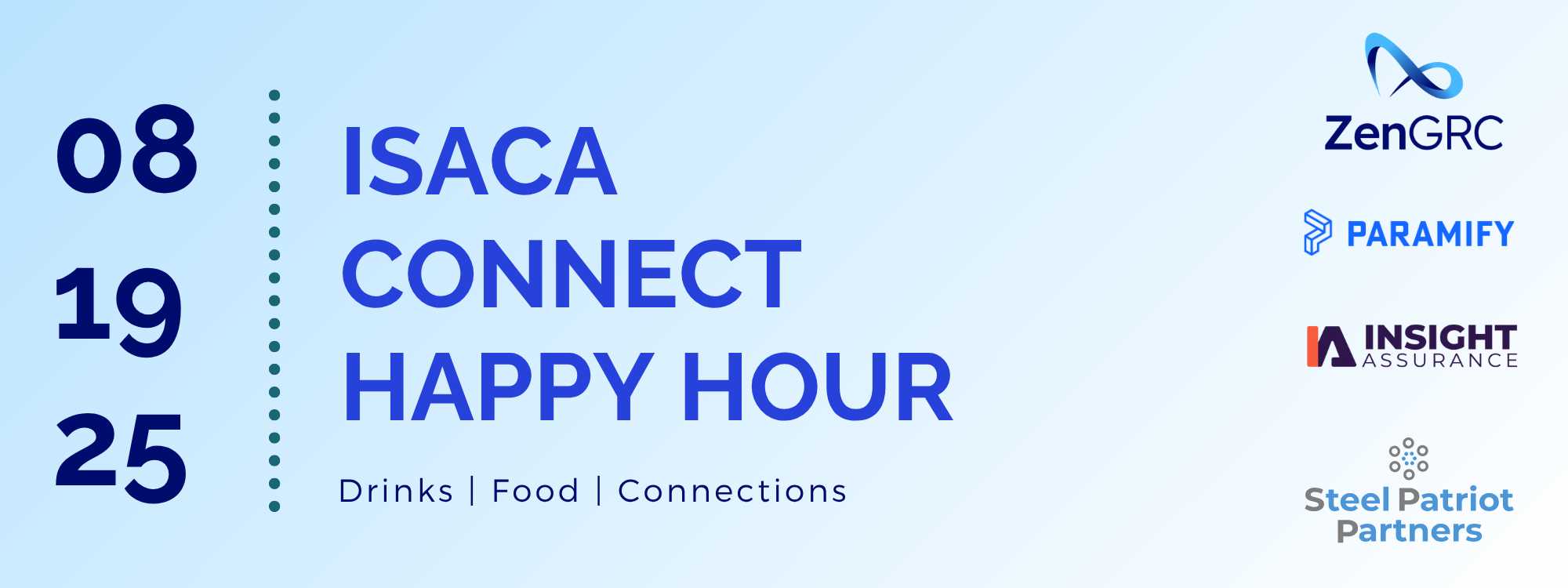
Rolling out in September, embedded intelligence that thinks like an analyst, not a script
SAN FRANCISCO, CA – August 28, 2025 — While others rebrand automation as AI, ZenGRC today introduced an assistant that actually replaces analyst-level work, transforming weeks of control evaluations and framework mapping into minutes of review.
“The market blurred the line between automation and intelligence. A lot of what passes for AI is just scripts with a new label,” said Rob Ellis, CEO of ZenGRC. “We built an assistant that amplifies team expertise. Mid-market teams can deliver enterprise-grade GRC programs without enterprise-sized resources.”
ZenGRC‘s assistant performs the analytical work that previously required dedicated staff. Unlike chatbots that read existing data or automation that follows rules, this AI understands intent and context. It evaluates any control against any framework — standard or custom — and produces testable procedures with citations.
“We embedded real intelligence into our proven GRC platform — not AI bolted on, not AI without depth,” said Jon Leitner, CRO of ZenGRC. “Teams get AI’s speed plus the frameworks, controls, and audit trails that compliance actually requires. It’s the best of both worlds.”
The company, which won ISACA’s Global Innovation Award in 2024, designed the assistant for compliance teams drowning in enterprise demands. Now, tasks that took 40 hours to complete can be done during a coffee break. The AI handles first-pass work — control mapping, gap analysis, assessment drafting — while experienced professionals focus on review and strategy.
When auditors send 50-line evidence requests, the assistant parses requirements, creates tickets, assigns them, and links everything to relevant controls. It transforms vague control descriptions into comprehensive test procedures. It maps proprietary control libraries to NIST SP 800-53, SOC 2, and dozens of other standards simultaneously. Teams analyze program data through natural language queries and generate risk dashboards in real time.
Additionally, the assistant connects with Jira, ServiceNow, Slack, AWS, and 30 other platforms, keeping GRC data synchronized across systems.
Deployment begins in September. Current customers receive access as the rollout proceeds. Account teams can provide ZenGRC’s AI security white paper, ZenGRC AI Systems Data Security and Privacy, which details technical controls.
For additional information, visit www.zengrc.com or contact:
Media Inquiries
Media.inquiries@zengrc.com
About ZenGRC
ZenGRC provides governance, risk, and compliance software that helps organizations build programs, manage controls, and pass audits. Founded in 2009 and recognized for in-house GRC expertise, ZenGRC delivers a Simply Powerful solution guiding organizations through compliance with ease. The company offers single pricing for all modules and frameworks. ZenGRC continues to innovate and support organizations in achieving compliance and managing risk effectively.




